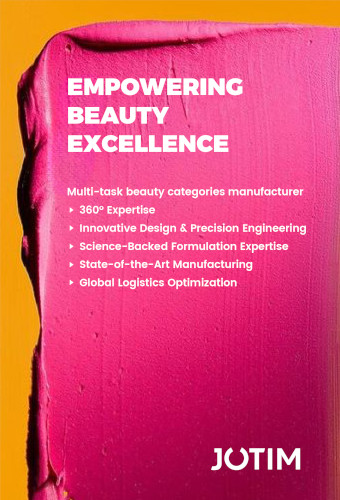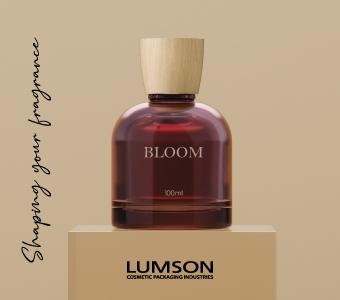
Biomimetics and innovation
“Bioinspiration”, or how nature has inspired men for thousands of years, was the recurring theme in the first morning. Examples included ivy, the plant that can cling on to walls by making a glue containing nanoparticles. One gram of this botanical glue makes it possible to stick one tonne! As for the Euplectella Aspergillum sponge, it makes a skeleton with ultra-flexible glass fibres at very low temperature under the action of enzymes… One of the most widely known applications of biomimetics is Velcro. It is inspired from plants fitted with hooks that help them have their seeds carried by animals.
Biomimetics is not a new discipline: it started to emerge 20 years ago. Germany was the first country to take interest in it and to understand the usefulness of such an approach. As a matter of fact, it remains the reference country in this field. To Kalina Raskin, CEO of CEEBIOS, the national network of competencies created in 2004, “The culture of biomimetics research is better structured in Germany, as researchers are very motivated and supported by the government. There are more than a hundred public research centres in the field of biomimetics and two major institutional research networks, BIOKON and KompetenznetzBiomimetik (KN), among the largest in the world. It is also the country that drove the drafting of the ISO TC 266/ISO 18458 standard. Switzerland is also very active. As for France, it has advantages thanks to the biodiversity of its territories. The issue of knowledge transfer from Biology to manufacturers is still a brake, though.”
In France, as soon as 2007, biomimetics was considered as the figure of the next industrial revolution. In July 2018, on the request of the Ministry of Ecological and Inclusive Transition, CEEBIOS drafted a report on the state of biomimetics in France. [1] What’s next, a biomimetics label?
Biotechnology and bio-production
The next conferences revealed the vast spectrum of potential applications of biotechnologies in the field of cosmetics and all the new disciplines that will need to be mastered in the future: Big Data processing, high-density screening, 4D printing of tissues soaked with bacteria, omics…
Many cosmetics players, suppliers, and brands draw inspiration from nature to produce actives or develop technologies. Pierre Fabre and Yves Rocher implemented eco-design strategies to produce innovative molecules. Deinove has been exploring the potential of extremophilic strains to develop a unique database (6,000 strains) and produce high-added value molecules like pure, colourless carotenoids. In 2018, a collaboration with Greentech resulted in the Hebelys anti-aging and protective active being placed on the market. A future launch is scheduled for 2019 with Oléos (Hallstar Group) for new oleo-actives. Evonik recently won the first prize at in-Cosmetics for their 100% biodegradable glycolipids obtained by fermentation from modified bacteria. Research on biosurfactants has been booming since the 2000s, as the number of publications and patent registrations literally exploded. Germany is the leader in this field, followed by the US and Asia, and Henkel is the biggest patent applicant.
Lastly, since the congress took place in Brittany, marine biotechnologies were at the forefront (Biotechmarine, Roscoff marine station, Lessonia, Agrimer, Greensea…). It is a way for CBB Capbiotek, the congress organizer, to contribute to the economic development of the region, by putting in the spotlight Breton companies which innovate with biotechnologies. For example, Codif International developed a “supervised” screening method to identify biological pathways that remain unexplored in cosmetics. The Biogenouest laboratory has been working on the automation of metabolomics data processing in order to process Big Data. The platform on Workflow4metabolomics.org helps build up, execute, and share data flows online.
The perfume segment is also interested in the production of new, increasingly renewable and biodegradable molecules to provide perfumers with a diversified palette. This bioeconomy has become a field of interest for perfumery and aromas.
All these conferences help understand the challenges of the great potential of biotechnologies for beauty manufacturers. Whether of marine origin or not, they represent an alternative to our industrial past for a greener future in line with society’s expectations.



































